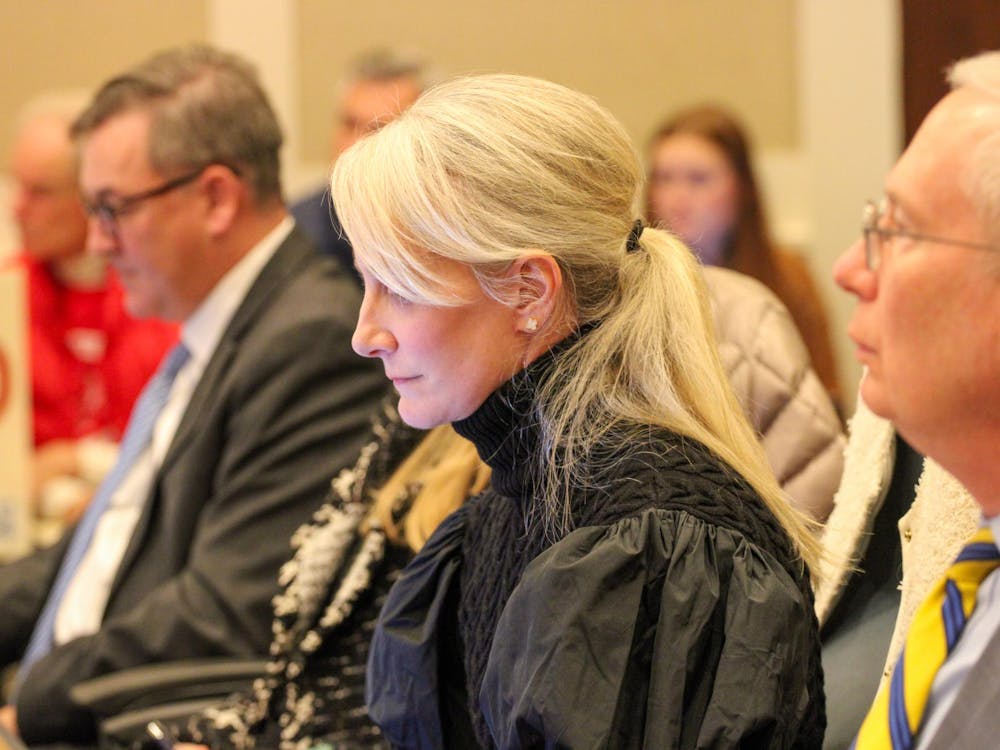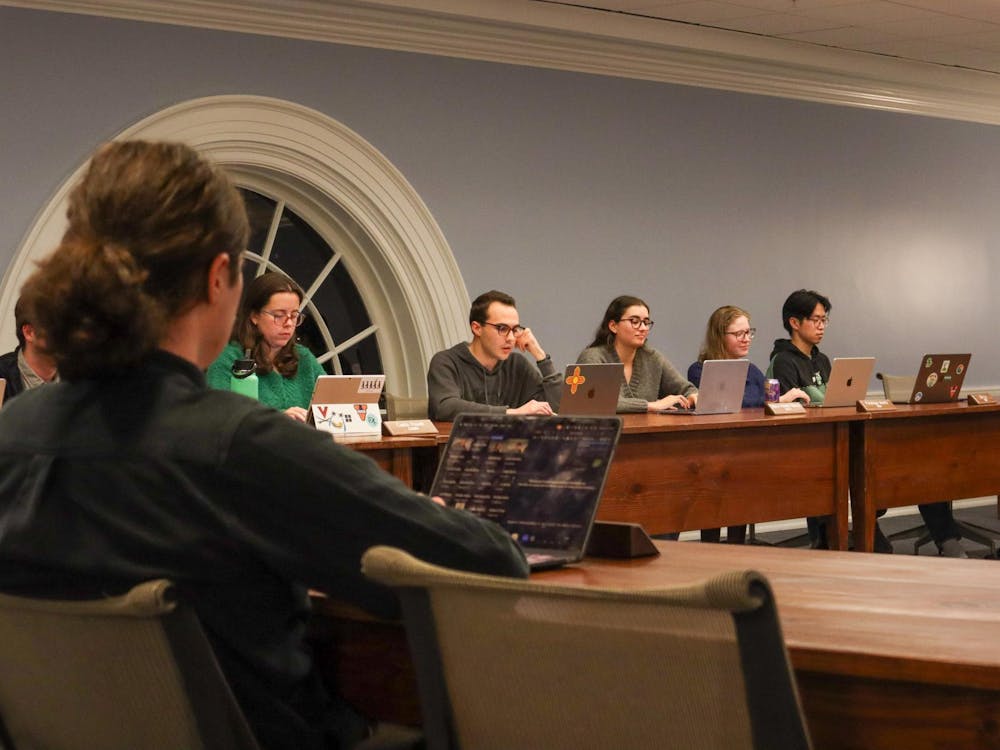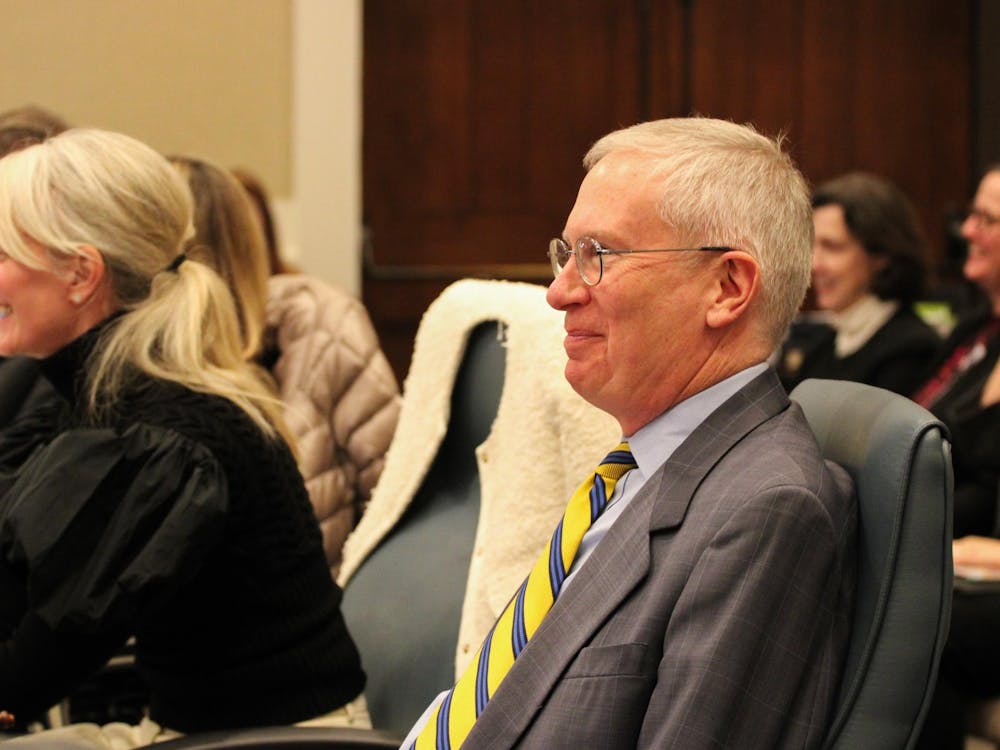Every year the holiday season brings many Americans tidings of sorrow and loneliness rather than peace and good cheer.
About 20 percent of Americans suffer from some sort of increased depression during the wintertime, and 5 percent of Americans endure symptoms of severe depression during the winter months, Asst. Psychiatric Medicine Prof. Dr. Bruce Cohen said.
"Like a bear hibernating in the winter, many people want to withdraw from others in the winter months; they become more irritable, experience an increase in appetite and want to sleep more," Cohen said.
These symptoms differ markedly from the typical symptoms of clinical depression, he said.
"Typically, in cases of depression, the person tends to have difficulty sleeping and has less of an appetite," Cohen said.
Scientists now have identified chemical processes in the brain that likely cause the phenomenon known as Seasonal Affective Disorder, or SAD.
"SAD is a form of depression apparently caused by lack of light and a change of brain chemistry due to shorter days or the lack of light itself," Biology Prof. Michael Menaker said.
The discovery of possible chemical factors to explain the rise in symptoms of depression during the wintertime is a fairly new one that dates back only 10 to 15 years, Menaker said.
This discovery has brought new hope of alleviating the wintertime blues.
"People who experience symptoms of SAD are recommended to expose themselves to bright light early in the morning," Menaker said.
This form of treatment has produced good results for many people, Cohen said.
"Bright-light therapy seems effective," he said. "If patients expose themselves to bright light for about a half-hour every day they usually begin to feel better after only a few days."
Scientists warn, however, that the scientific community has not found conclusive evidence for the role of light and the length of days in people's experiences of wintertime depression.
"The role of light, although it appears effective, its mechanism is uncertain," said Gene Block, director of the University Center for Biological Timing. "It is very difficult to run a controlled experiment with light."
The difficulty in conducting experiments with light lies in the fact that it is impossible to provide a control group with a placebo, Block said.
"You can never be certain whether it's the light affecting the result or the patient's expectations of a result," he said. "Whereas with a drug, no one knows whether they're receiving the actual drug or merely a sugar pill."
Nevertheless, data strongly suggests a link between a lack of light and depression. People who experience symptoms of wintertime depression should seek some sort of treatment, Cohen said.
"Depression in general is under-recognized and under-treated," he said. "Any clinical depression can become severe, even to the point of suicide."
Those who think they might suffer from symptoms of SAD should consult a doctor to see if the problem lies elsewhere, he added.
"I would start with a medical evaluation," Cohen said. "The problem could be mononucleosis, especially in a college environment, or it could be another medical problem where fatigue is one of the symptoms."
If the patient discovers the source of his fatigue and irritability is most likely SAD, he should make sure he uses a professional light box - a commonly used therapy of a box that emits artificial light - rather than a homemade one or a tanning bed, Cohen said.
He said homemade light boxes may not provide the proper amount of light, and tanning beds produce wavelengths of light that are potentially harmful to the skin.






